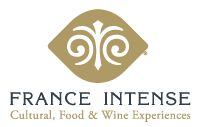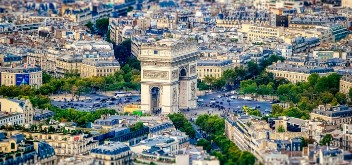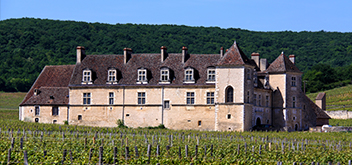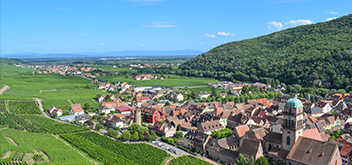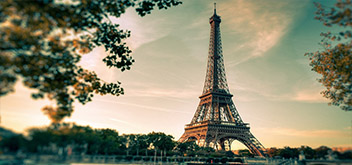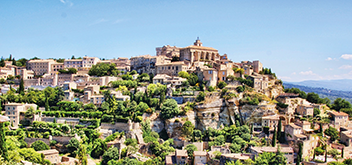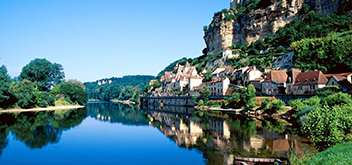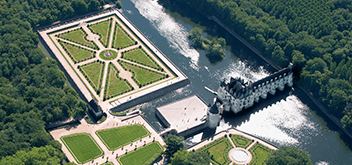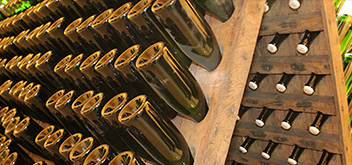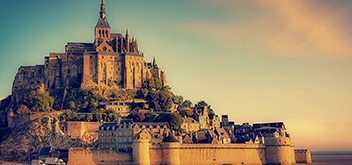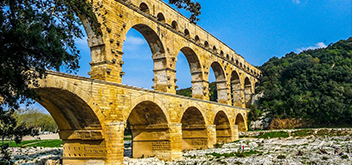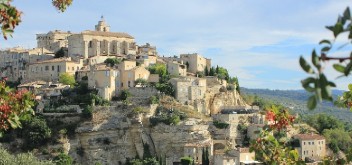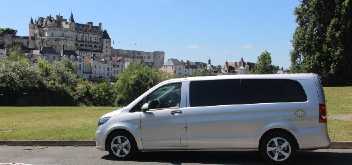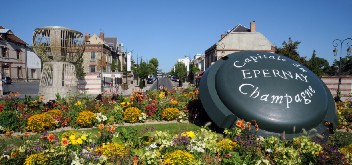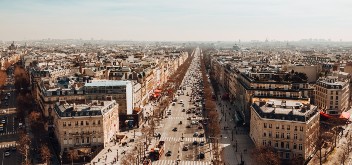No products
The scenic roads of Burgundy
From Auxerre to Chablis
Auxerre is the capital of the Basse-Bourgogne. This pleasant and animated city played an important role in the French history with the cathedral and the abbey. Some emblematic French characters came to Auxerre such as Joan of Arc or Napoleon I. On the road to Chablis, Pontigny abbey, founded in 1114, still has its abbey church. The sobriety and purity of the architecture offered to the visitors a universe of peace and harmony. In Chablis, you will discover one of the older Burgundian vineyards, probably existing since the Roman Empire, and its famous white wines: Chablis Grands Crus.
Fontenay and the Auxois
This area of Burgundy is famous thanks to Fontenay abbey. Hidden in the heart of a green valley, this abbey perfectly makes visible the ascetic Cistercian way of life. Freshly restored, this Romanesque monument is still peaceful and harmonious. Then, the town of Semur-en-Auxois will seduce you by its living and welcoming centre protected by its medieval ramparts. Near Semur-en-Auxois, the small village of Alise-Sainte-Reine was the theatre of the Battle of Alesia between the Roman Emperor Caesar and the Gallic chief Vercingetorix in 52 BC.
The Morvan and Vézelay
In the heart of Burgundy, the Morvan is a paradise of forests, lakes, and rivers. Since 1970, this area is listed as Natural Regional Park. Its role is to preserve and promote the environment, but and also the heritage. The basilica of Vézelay was built in the centre of this natural area. Located on the Pilgrim’s Way to Santiago de Compostella, Vézelay is a medieval art testimony listed as World Heritage by UNESCO since 1979. Few kilometers from Vézelay, you will find the Château of Bazoches. This medieval building is famous for its Seventeenth-century owner who was Marshal Vauban, the main military architect of Louis XIV.
The Côte de Nuits
From the villages of Fixin to Corgoloin, this road will take you along one of the most famous vineyards in Burgundy. With 3.740 hectares of vine, the Côtes de Nuits is famous for its red wine such as Chambertin, Clos Vougeot, and Romanée-Conti. On this road, you will discover little winemakers’ villages which will remember you famous wines ‘names. The village of Gevrey-Chambertin for instance, is located in the middle of vineyards and is famous for its Grand cru wine Chambertin (Napoleon I’s favorite wine). Then, you will arrive at the village of Vougeot and the famous Clos Vougeot on a track of land extending over 51 hectares. In the middle of the vines, the château of Clos Vougeot – a propriety of Cîteaux abbey from the Twelfth century to the French Revolution – will let you discover the brotherhood of the Chevaliers du Tastevin (Knights of the Tastevin), current owner of the castle. Towards Beaune, it is an obligation to stop at the clos of Romanée-Conti. This plot was owned by the Prince de Conti in 1760 and produced now one of the most expensive red wines around the world. Just before Beaune, the little town of Nuits-Saint-Georges will welcome you. It gives its name to the Côte de Nuits. They were aready well known by Louis XIV, the Sun King, because his doctor advised him to drink one glass of Nuits wine after each meal to improve his health.
The Côte de Beaune
From the villages of Aloxe-Corton to Santenay, the Côte de Beaune produced the most famous white wines in the world. Along 5.950 hectares of vines, you will discover the very famous Grands crus such as Montrachet, Chevalier-Montrachet, Bâtard-Montrachet, and Bienvenue-Bâtard Montrachet. Even if the white wines are the most known, the red wines of the Côte de Beaune (Pommard, Volnay, Corton…) should seduce you by their powerful and fruity taste. On the road, you will see the village of Meursault became famous thanks to a French movie named “La Grande Vadrouille”. Before Santenay, the medieval castle of Rochepot dominates the valley. Built between the Thirteenth century and the Fifteenth century, this castle was owned by the family Pot, vassal of the Dukes of Burgundy.
The Southern Burgundy
In the area of Chalon-sur-Saône, you will discover the medieval castle of Germolles built from the Thirteenth century to the Fifteenth century. Marguerite de Flandre, wife of the Burgundian duke, Philippe le Hardi (the Bold), transformed this castle into a residential chateau. Now, it is still possible to observe remarkable Fourteenth- and Fifteenth-century paintings. You will also have the occasion to taste renowned wines such as the Mercurey and the Rully. Near Mâcon –place of birth of the French writer and poet Alphonse de Lamartine – the vineyards of the very well-known white wine, Pouilly-Fuissé will welcome you before to take back towards Beaune. On the road, Cluny abbey, built in the Eleventh and Twelfth centuries and destroyed during the French Revolution, was considered as the vastest church of the Christendom (117 meters long inside) until the building of St Peter of Rome in the Sixteenth century.
